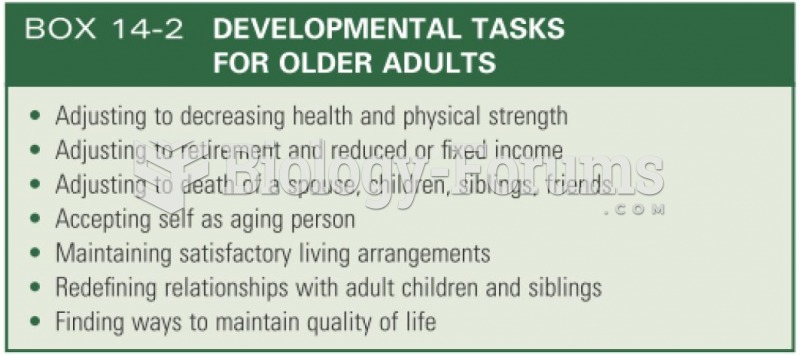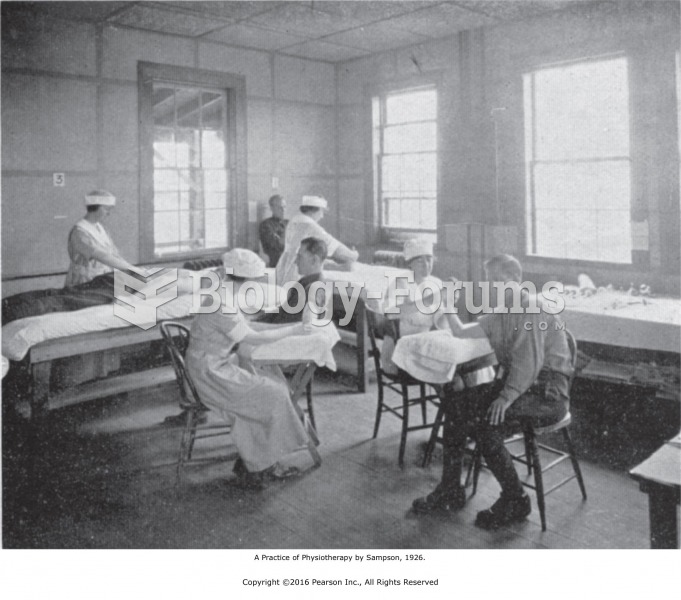Answer to Question 1
B
Older adults are at higher risk of hypothermia in the community because hypothermia is difficult to detect and because, as hypothermia sets in, the older adult can respond to a lower temperature. This man has clinical indicators of hypothermia; therefore the home care nurse first assesses the ambient temperature for a baseline determination because the household temperature should have the most profound impact on his body temperature. Asking about shivering can be ineffective with an older adult who is confused and disoriented; the response can be incorrect. However, to display respect, the nurse should ask the question. The type of food preparation can offer addi-tional clues about the older adult's hypothermia and mental status; if he is eating cold foods such as sandwiches and yogurt, then he can be unwittingly contributing to the problem. Presence of radon in the home may lead to lung cancer, not confusion.
Answer to Question 2
A
Feedback
A Correct. This individual is taking an atypical antipsychotic agent to control manic episodes of dementia. Although these agents are less likely to cause tar-dive dyskinesia (TD), the nurse monitors for the associated abnormal movements of TD including oral and facial dyskinesia, impairment in the ability to execute voluntary facial movement. The nurse reports this immediately to stop therapy and prevent an irreversible condition.
B Incorrect. Mask facies, having a masklike appearance, and shuffling gait are parkinsonian side effects of antipsychotic agents and can be improved with an-tiparkinsonian agents.
C Incorrect. Muscle spasms of the face, tongue, neck, and back are adverse effects of antipsychotic agents usually seen within the first 5 days of therapy. They are potential indicators of acute dystonia and can be improved with antiparkinsonian agents.
D Incorrect. Motor restlessness is an adverse effect of antipsychotic agents and is characteristic of akathisia.







